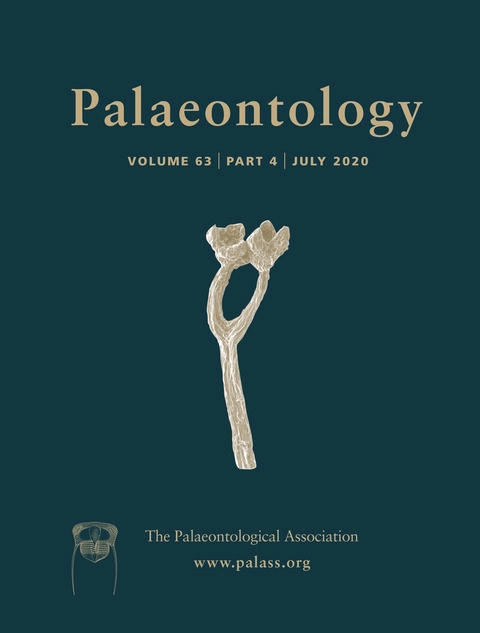Reg. Charity No. 1168330

Abstract The Cambrian coral Cambroctoconus occurs selectively in the crypts of calcimicrobe Epiphyton reefs of the Zhangxia Formation (Miaolingian) in Shandong Province, North China. These cryptobionts preferentially grow laterally and/or downward, in some cases showing pendent growth from the ceilings of the reef framework. The upside-down growth is clearly shown by the downward-oriented aperture and the presence of fork-like holdfasts at its base. The coral aggregations reveal two cryptic growth strategies: one involves the prevalence of far smaller individuals in vertically narrow spaces; the other involves the predominance of modular individuals in large cavernous spaces. Offset individuals frequently appear projecting downward and are connected to each other in a chain-like fashion. Individuals often undergo rejuvenescence laterally and downward, when the growth directions may change. Therefore, the size and modularity of individuals and the direction of budding depend largely upon the cryptic microenvironments available at the time. The cryptobionts make the best use of vacant spaces by modifying the location of budding and altering their growth directions through rejuvenescence. The cryptic growth strategies found in Cambroctoconus indicate a certain degree of morphological variability in the modules. More importantly, they indicate that the individuals flexibly and exquisitely utilized the microbial crypts that were still predominant even during the middle Cambrian. These modes of cryptic growth demonstrate the age-specific exploitation of niches by sessile skeletal organisms that was facilitated by the development of a firm attachment structure.